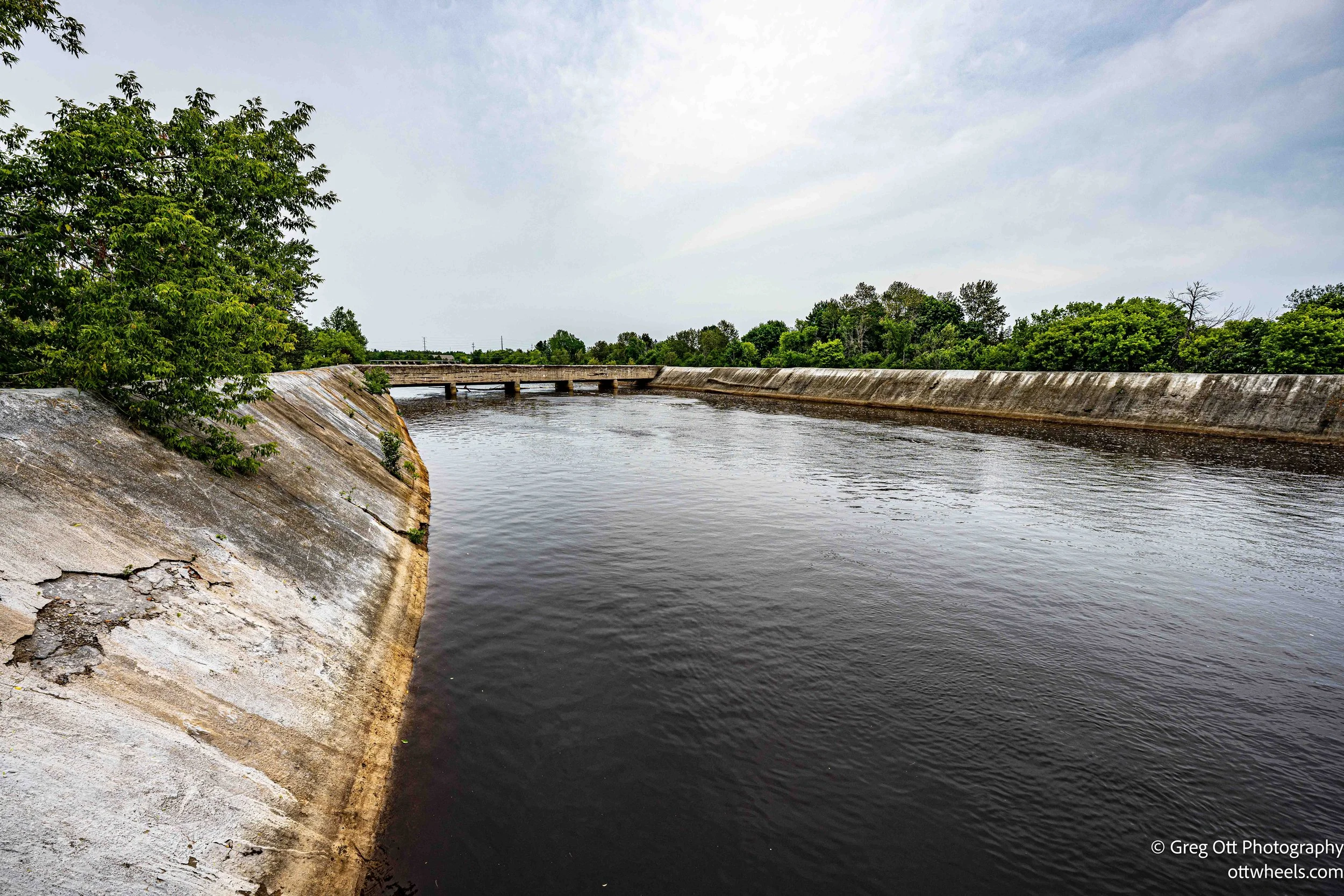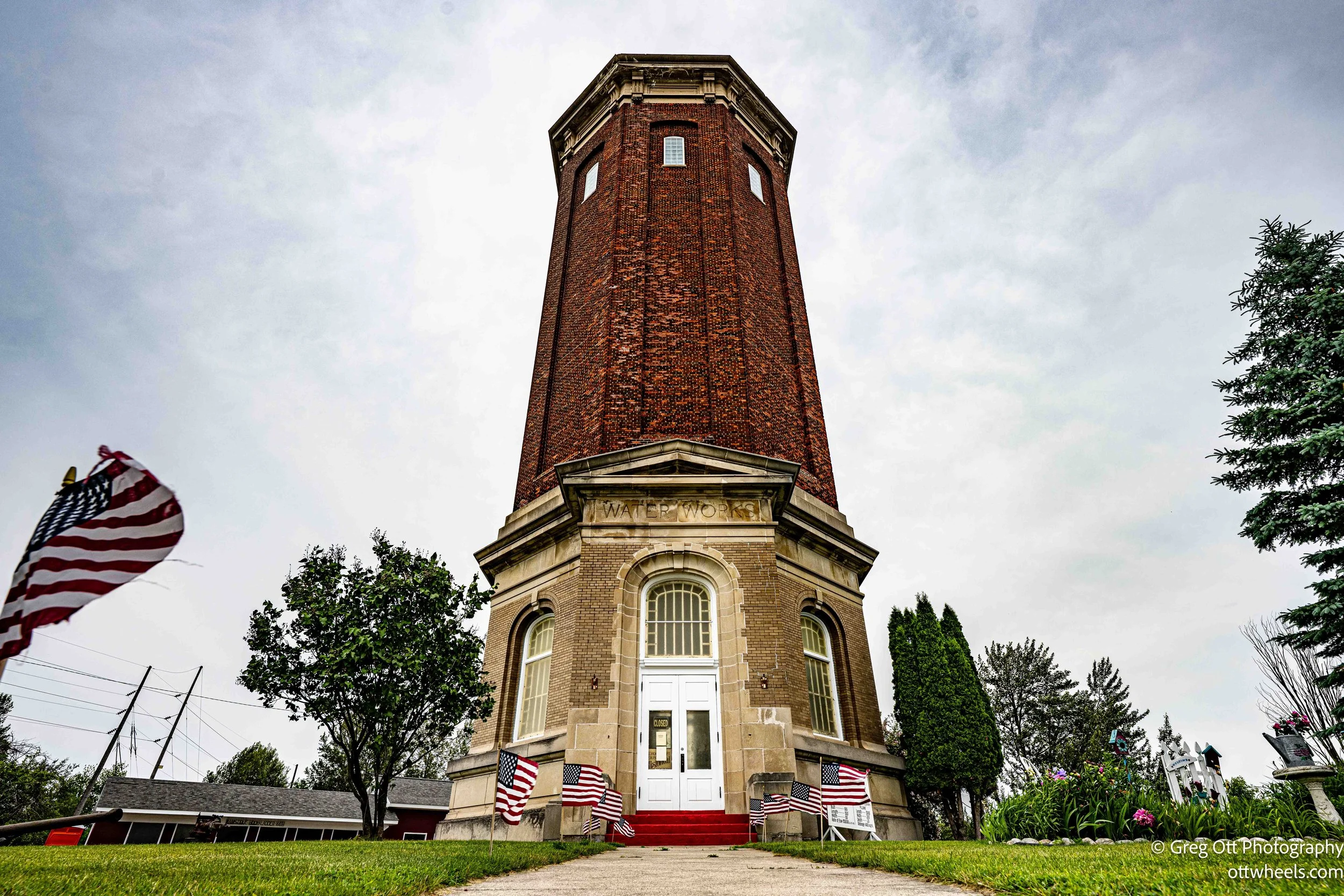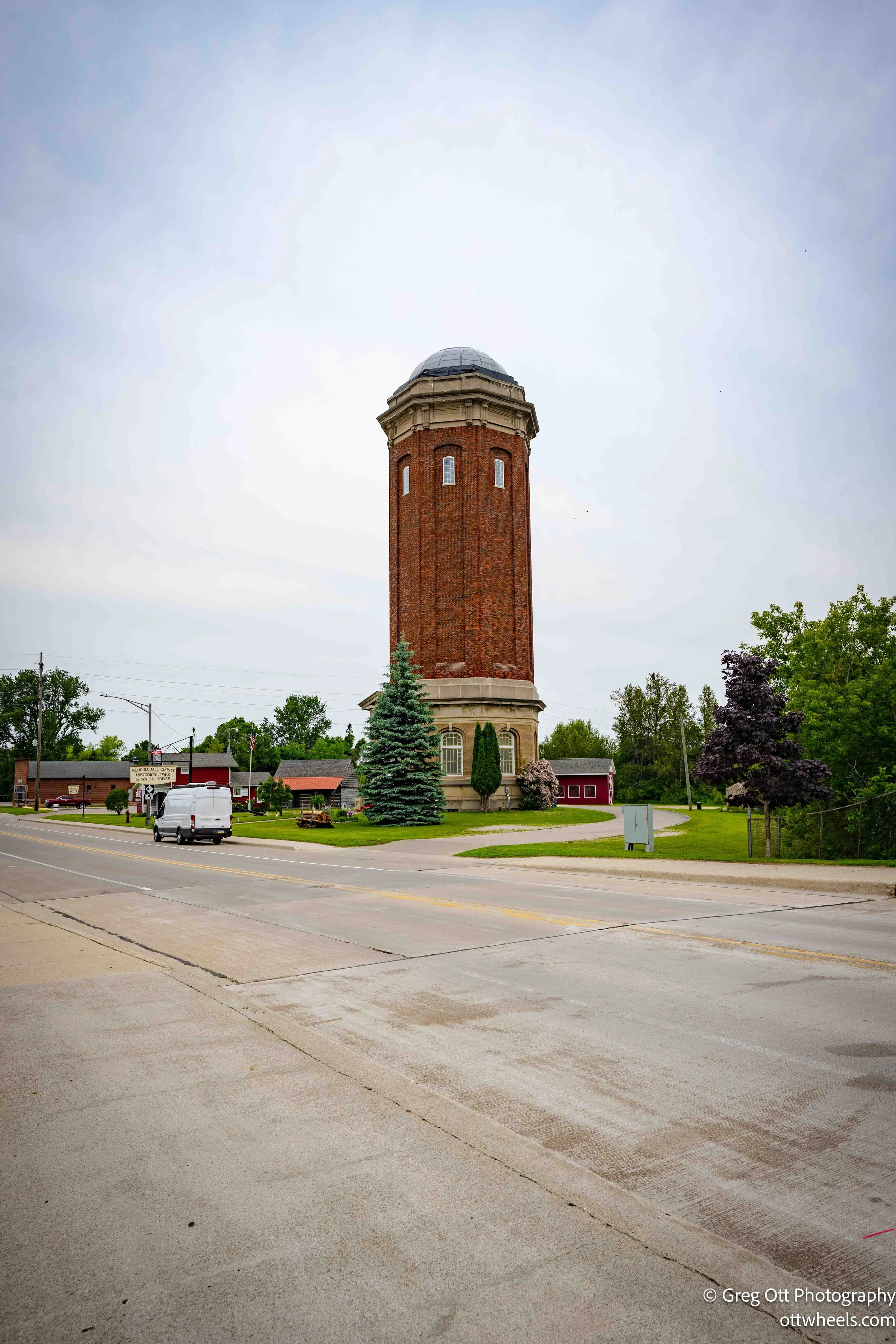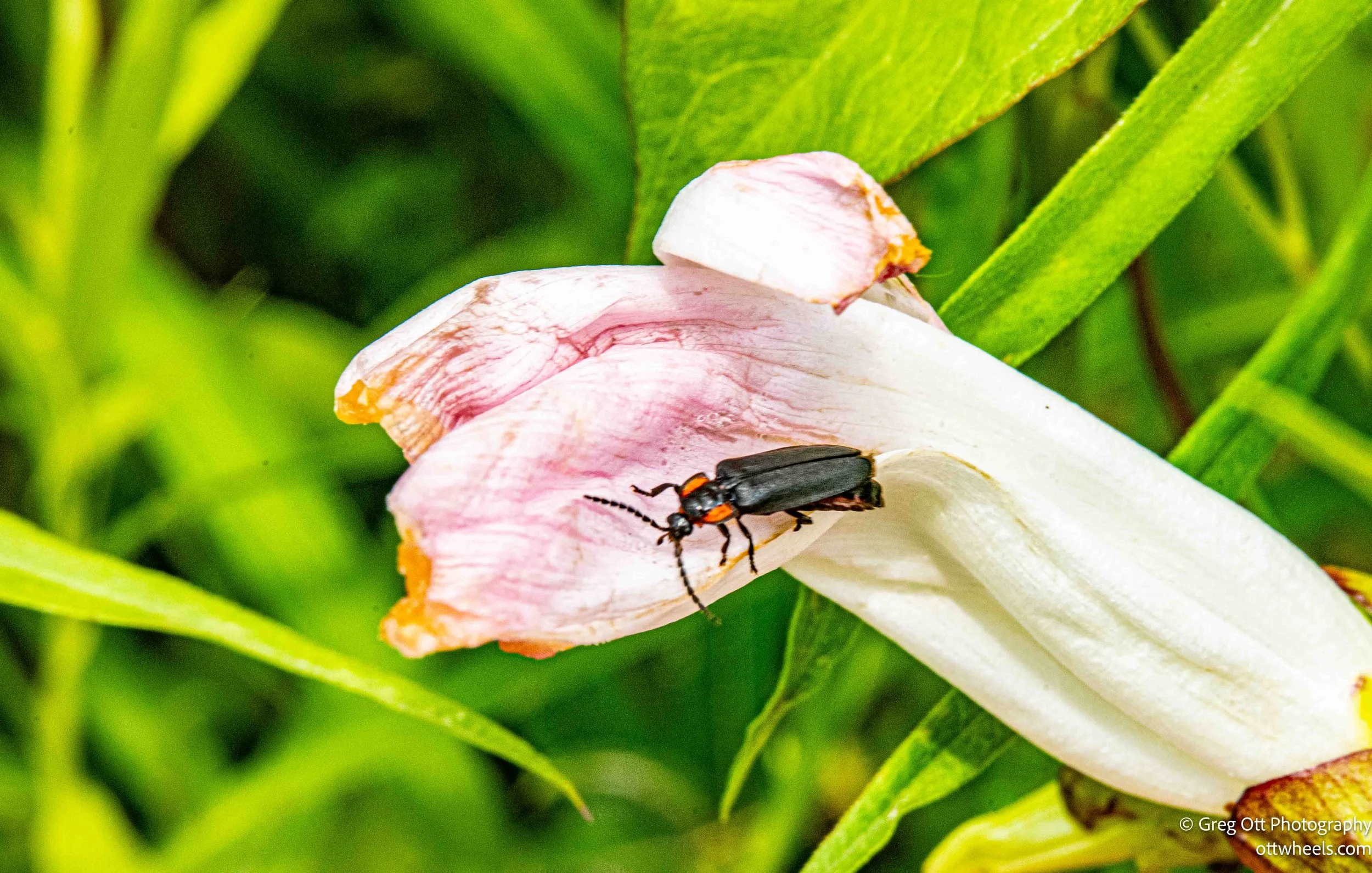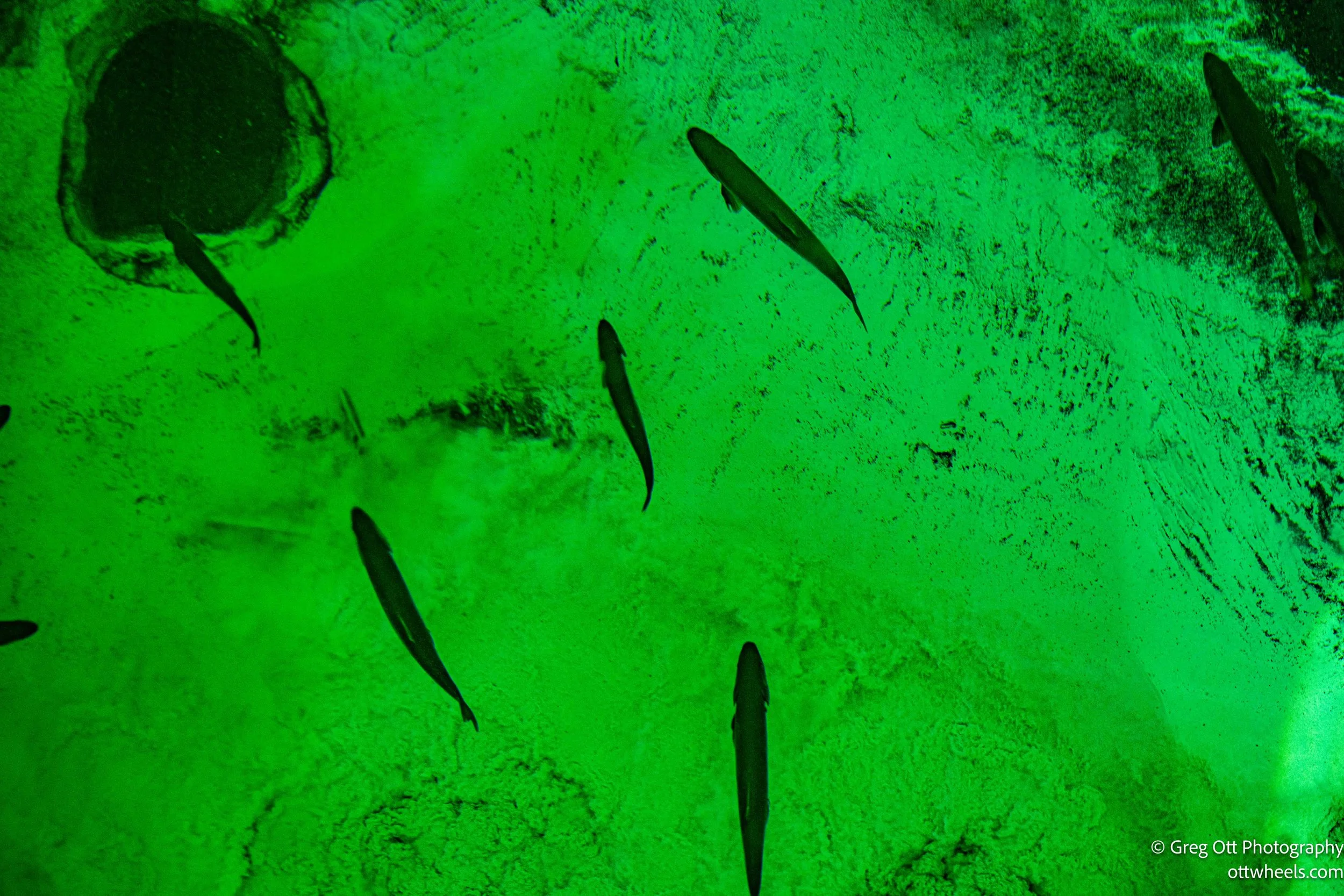Kitch-iti-kipi and Manistique, Michigan
I woke up at the Kewadin Casinos in Manistique and headed out to Palms Book State Park around 10 a.m. Along the way, I stopped to take photos — I can’t resist when I see an interesting bridge. I crossed one and had to pull over (yet another bridge). This is the Manistique Trunk Line Bridge, also known as the Siphon Bridge, built in 1919 with its road deck originally below the river’s high water level due to upstream damming for logging. A unique concrete channel, or “siphon,” carried the river beneath the bridge, and the water pressure helped stabilize the structure’s retaining walls. Today the river level is usually lower than the road, so the siphon effect is mostly historical. It remains a rare example of early 20th-century engineering and is listed on the National Register of Historic Places. I read that, "On April 18th, 1956, Ripleys ran the Siphon Bridge nationwide in newspapers.”
I’ve been reading about this bridge for an hour now. It’s a perfect example of how local industry and transportation needs shaped unusual engineering solutions. The logging companies needed high river levels to float logs downstream to the mills, while the state had to provide reliable road access across the river for the growing trunk line highway system. The result was this rare “siphon bridge” design, which balanced both needs by channeling the river below a low road deck. It seems this is a quirky bit of Michigan history where logging, roads, and creative engineering all met in one spot.
I noticed a tall building next to the bridge with Water Works on the front. It turns out this old brick pump house, built around 1920, once drew water straight from the Manistique River to supply the town — and that tower, which looks like a water tank, actually housed huge pumps and pipes that needed extra height for maintenance. The building’s design gave it a proud landmark look by the river, showing how important clean water was to the growing community. Today, it’s home to the Schoolcraft County Historical Society, preserving the stories of Manistique’s industrial past. Unfortunately, it was closed today.
I had a sense there must be a real grocery store in town somewhere. Sure enough, I found Jack’s Fresh Market a few miles away. The produce was high quality and fresh. They had a nice bakery and I bought a loaf of locally made pumpernickel bread. Stocked up again, I was on my way. It was now after 1 p.m. and I hadn’t even made it to the state park yet.
As I approached the entrance to the Kitch-iti-kipi springs at Palms Book State Park, there was a line of about 25 cars waiting to enter. On the left a few cars down, the road split off onto a dirt road. There were 15 cars parked on this dirt road — I assumed these people had a Michigan State Pass and just walked in.
I knew I didn’t want to deal with all the people cramming in to get a look at some fish in a freshwater spring. Instead of parking, I decided to explore what was down the dirt road.
A couple miles out, the road ended at a simple marina and turn-around area. I pulled in thinking I’d wait out the crowds and just enjoy the view. I ended up taking photos of insects for the next few hours. I didn’t get what I would consider any award-winning photos, but I had so much fun trying some macro photography. Oddly enough, there were no mosquitoes or nasty flies biting me.
After some research, I learned that these were Bluets (Enallagma genus) — tiny damselflies (not true dragonflies, but very similar) with slender bodies and electric blue and black stripes. They’re super common near lakes and ponds in Michigan. I’ve never seen these before. They were super skittish, but if I knelt down and pushed the camera near them, I could get within inches.
Closing in on 5 p.m., the four boats that had launched from the ramp were coming back in, one by one. They were all fishermen — and one fisherwoman. Two boats came in together, three generations of fishermen having the time of their lives. The grandfather was having trouble getting around and his pants were falling off. One side of his suspenders had come undone. His son in the boat behind him shouted, “Papas, your pants are falling off. You can see everything. You need new suspenders.” He quipped back, “At least my underwear haven’t fallen off.”
I was now alone in this secluded area and figured the line at the springs should be down by now. I got to the entrance and there was no line. The woman greeted me with a big smile and a warm hello. I said, “How are you today?” She replied, “I am absolutely fantastic and how are you?” I told her I wasn’t sure I wanted to go deal with all the people. She said she understood — after all the 4th of July visitors, she needed a break too.
She totally convinced me that I would enjoy this, and she was right. She also gave me a tip about where to stay the night just around the corner — Indian Lake West Shore Campground, a state campground.
I parked and it was a 100-foot walk to the spring.
This stop in Kitch-iti-kipi, Michigan’s is the largest natural freshwater spring, and it’s one of the most magical places in the U.P. — a crystal-clear pool where over 10,000 gallons of water bubble up every minute from underground limestone at a constant 45 degrees Fahrenheit, even in the dead of winter. You drift across on a self-operated raft and peer down to see swirling sand, sunken logs, and huge trout lazily swimming below. A park ranger told me the trout — mostly brook and lake trout — are actually stocked from state hatcheries as a kind of AARP program for fish that don’t make it to the rivers, giving them a peaceful place to live out their days. It’s like watching an underwater world frozen in time, right in the middle of the forest.
I met a lot of tourists like myself on this short visit. One couple, Meagan and Gary, with four young kids beside me in line, were on an 18-month trip around the USA in a camper (their blog: The Nomadic Butler Clan). We exchanged blog sites, trip stories, helpful web pages, and more. After dinner, I sat and read for 90 minutes about their stories and the places they’ve visited — I even added a few new spots to my ever-growing list.
The Indian Lake West Shore Campground is self check-in. It was $22 for the night. Only about 10% of the sites were occupied, which surprised me. The woman at the springs check-in told me it was basic and didn’t have showers or flush toilets — no problem for me.
I saw a potable water source and filled my tank. I should be good for the next 10-14 days.
I drove around looking for an opening in the canopy above for Starlink access. Starlink is interesting — as the satellites pass overhead, you may have one or more connections at a time, and each satellite link might only last ten minutes. So depending on where you are and your line of sight, the speed changes. Tonight, my speeds under the trees varied from 15 to 175 Mbps. I was able to watch part of a movie, some YouTube, and write a blog post without interruption.
The temperature in the van had dropped into the 60s, and something was terrorizing the animal population outside as I drifted off to sleep.



